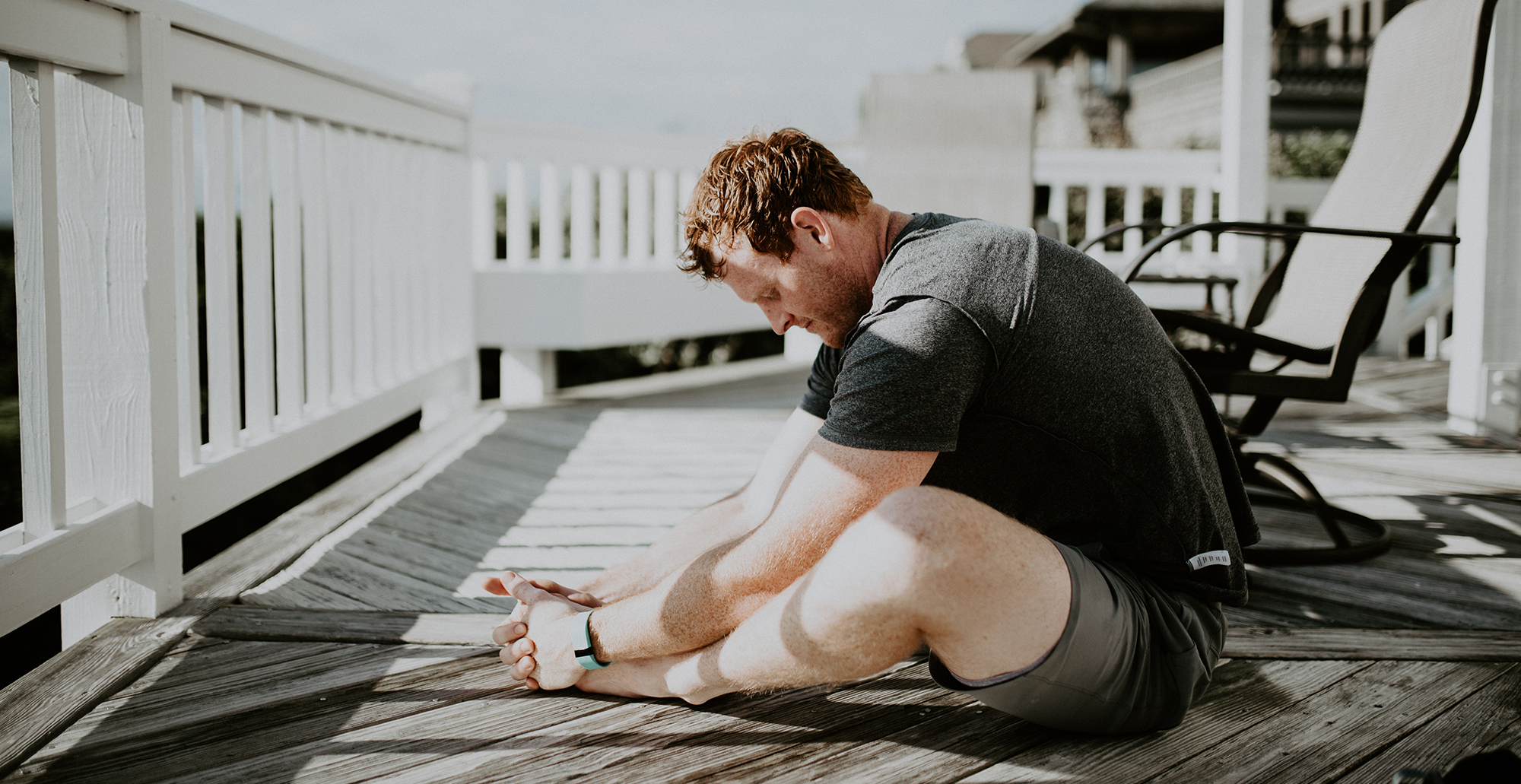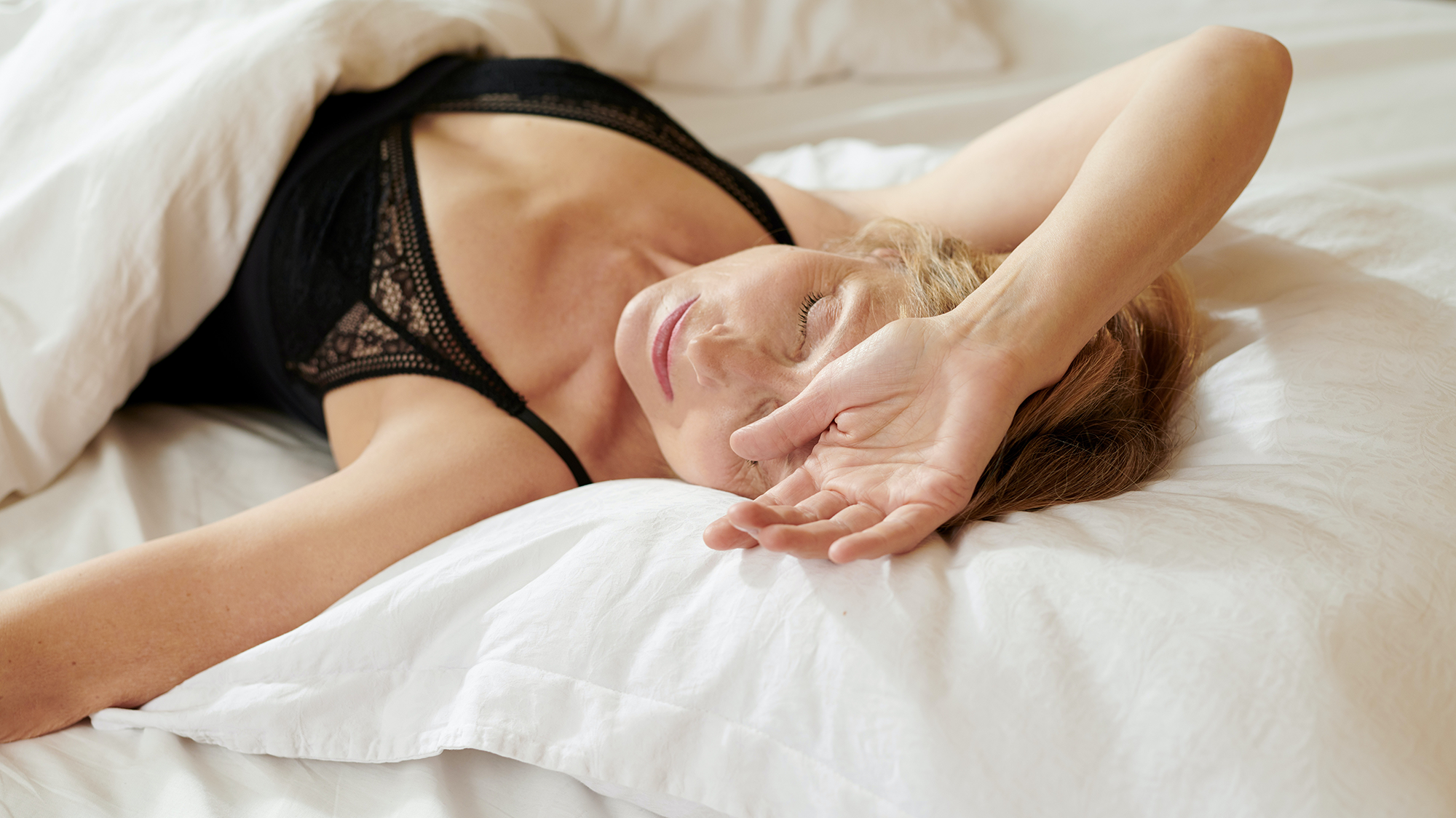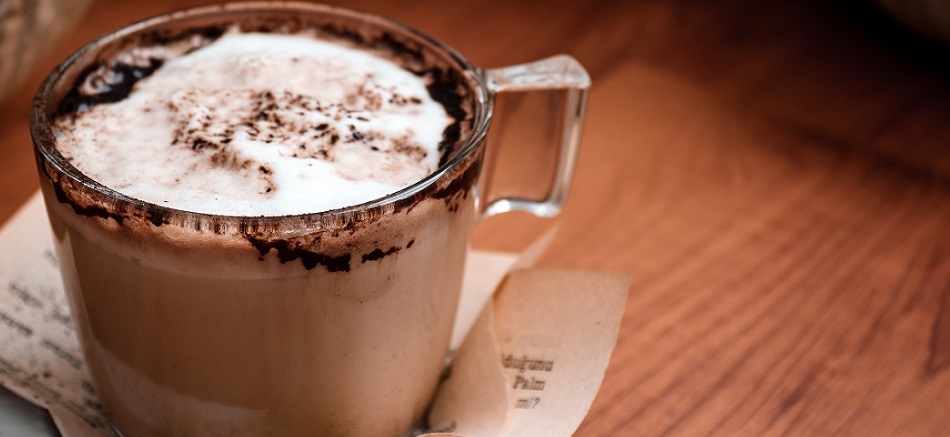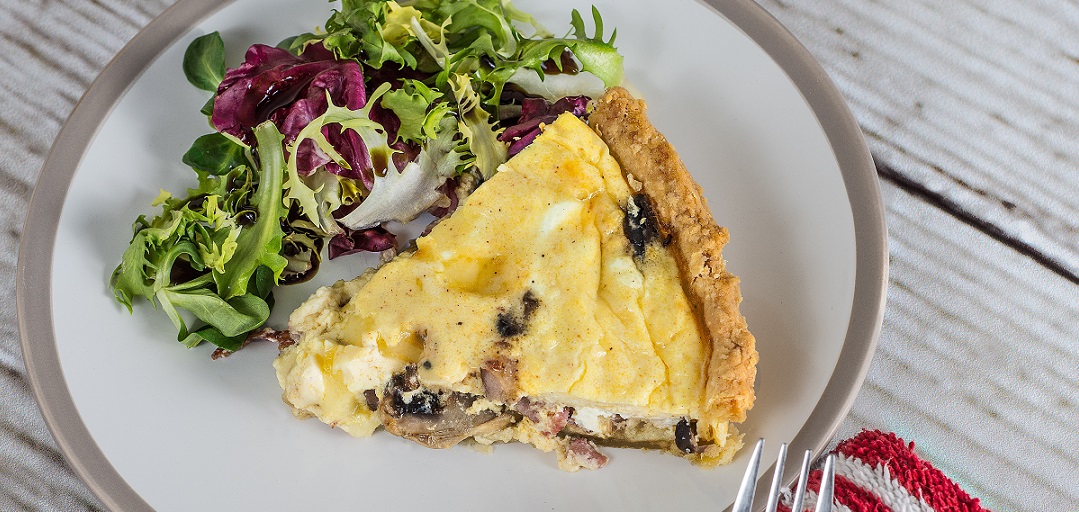If you have arthritis, you’re not alone. Almost 25% of adults in America have arthritis according to the CDC. That’s over 54 million people! While medication may be one method for easing the pain of arthritis, taking an approach that focuses on the entire person can bring relief as well. Here are three holistic ways to deal with joint inflammation and the overall discomfort of arthritis.
Eat Well
There are two types of arthritis:
Rheumatoid arthritis, which is an autoimmune disease where the body essentially attacks its own joints
Osteoarthritis, which is the natural wearing-away of a joint’s cartilage
Studies have found that eating a diet full of fruits, veggies and unprocessed foods can help with both. Many fruits and vegetables are packed with antioxidants that reduce inflammation, thereby easing your arthritis symptoms, as well as other aches and pains you may experience.
Turmeric is another antioxidant all-star you should incorporate into your diet if you have arthritis. A common ingredient in Indian food, the mild (and delicious!) spice contains curcumin, a chemical that also has anti-inflammatory oomph. It’s a versatile flavor that can easily be added to veggies, rice, soups, smoothies and your morning eggs. (Personally, I prefer to take my turmeric via a hot, soothing cup of ginger turmeric tea.) It’s also available in a supplement form at most pharmacies.
Eating right is perhaps the best change you can make to ease arthritis aches and pains. What’s more, a colorful diet full of whole foods is just plain good for you. Ditching salty, preservative-packed meals and empty, sugary calories will help not only your joints but also your waistline and your energy. Losing weight and being more active? Two more practices that will aid in your fight against arthritis and make you feel better overall.
Meditate
Stress is an enabler. When you’re anxious and overwhelmed, the state of agitation can make your joints go wild — and not in a good way. Reduce your stress, and your joints will settle down.
Ready to start meditating? You might try out one of the several well-reviewed meditation apps available for your phone or tablet. Two of the most popular of these, Calm and Headspace, also offer sleep aids, so you can make sure you get plenty of rest.
If meditation isn’t up your alley, consider yoga, tai chi or simply incorporating a few deep-breathing exercises into your daily routine. Progressive muscle relaxation is also an excellent tool for loosening up your joints and easing anxiety.
As with eating right, lowering your stress level is good for so much more than just your arthritis. Being more relaxed is great for your memory, focus, energy and overall mental and physical health.
Try Acupuncture
This may be the most “out there” suggestion on the list, but don’t scroll past this paragraph just yet. Yes, acupuncture involves sticking teeny-tiny needles at specific points on your body, but it’s also one of the oldest remedies for pain in the world. In other words, it works.
The needles boost your body’s energy via meridians, which are basically energy’s superhighway throughout your body. When your energy is out of whack — a state called qi — an acupuncture treatment helps get everything back on track.
This ancient Chinese remedy has been practiced for centuries and can relieve stress from RA and OA as well as other forms of persistent pain. One of my oldest friends swears by acupuncture as a balm for her chronic back pain, for example. Another tempered the aches, pains and general discomfort of chemotherapy with regular acupuncture sessions.
Arthritis doesn’t have to rule your life. If your current treatment plan just isn’t cutting it, give one of these holistic approaches a try. Your joints are only a few cogs in the marvelous machine that is your body. By taking a holistic route, you may just find that improving your overall health has a huge positive impact on your arthritis.










